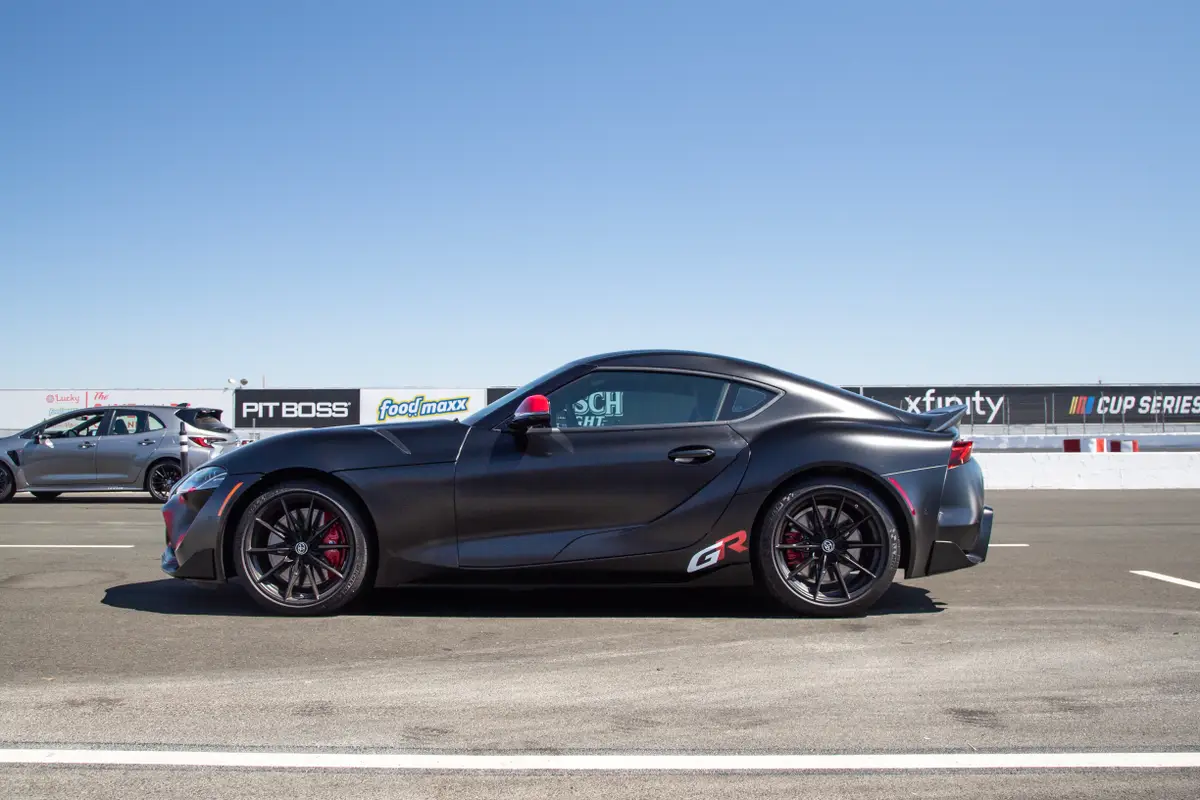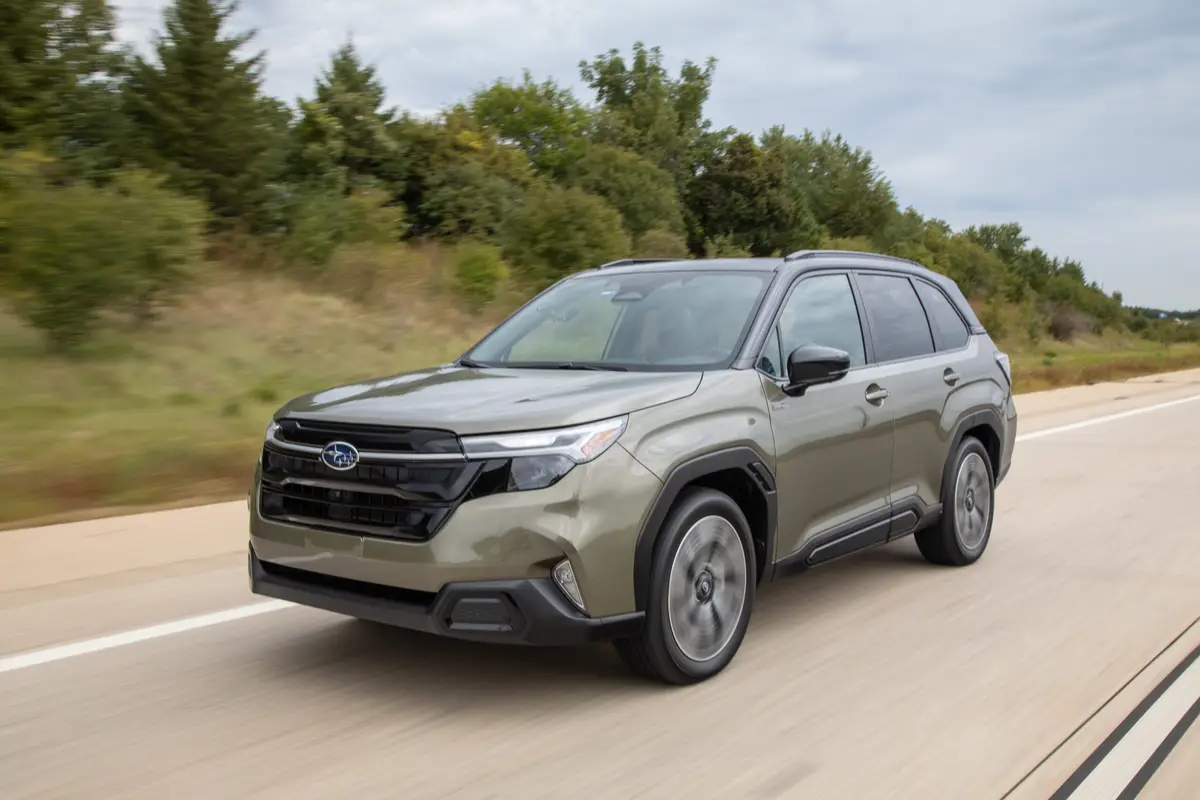Hands-Free Driving Tech Isn’t as Great as You Might Think

Key Points
- Automakers such as Ford, GM and Tesla have touted their hands-free driving technology as the future of driving in recent years.
- A combination of lawsuits and crashes show that these systems aren’t as great or safe as they’re being made out to be.
Semi-autonomous hands-free driving technology has been heralded as the future by major automakers. The goal is to take the stress out of driving by allowing people to use tech that lets the car cruise and perform stopping and lane changes while the driver relaxes attentively. However the reality of some of the most popular systems is very different: Crashes, lawsuits and even deaths have sparked a debate of just how safe these systems can be for owners to use.
Related: Study: Partial Driving Automation May Be Teaching Drivers Wrong Behaviors
There Have Been Major Problems
Key takeaway:
- Three of the biggest automakers in the world make some of the most well-known hands-free driving tech on the market. Each one has its own set of issues.
While everyone from Hyundai to Lexus has some sort of hands-free driving-assistance tech available in their cars, the most well-known and sophisticated systems come from Ford, GM and Tesla. Tesla likely has the most controversial hands-free driving systems, Full-Self Driving and Autopilot, and likes to tout that the systems make driving its vehicles safer. To back up this claim, the company has been releasing a quarterly vehicle safety report every year since 2018 that purports to show that over millions of miles driven by owners using Autopilot, the system has a low instance of crashes when engaged. Take this recent quotation for the third-quarter 2025 report:
“In the third quarter, we recorded one crash for every 6.36 million miles driven in which drivers were using Autopilot technology. For drivers who were not using Autopilot technology, we recorded one crash for every 993,000 miles driven. By comparison, the most recent data available from the National Highway Traffic Safety Administration and Federal Highway Administration (from 2023) shows that in the U.S., there was an automobile crash approximately every 702,000 miles.”
Unfortunately, that safety is being oversold. For years, Tesla has faced issues over Autopilot and its claims of hands-free self driving. In 2021, the California Department of Motor Vehicles investigated Tesla over Autopilot. Court documents show that despite Tesla’s claim of autonomous hands-free driving, the company admitted that Autopilot — also known internally as “City Streets” — is really nothing more than a Level 2 advanced driver assistance system and will remain that way for the foreseeable future.
Meanwhile, evidence of just how dangerous Autopilot and FSD can be began to pile up online. A federal criminal investigation into Autopilot began in late 2022. All the while, more issues like recalls and crashes were piling up. Even as recently as August, Tesla was fined nearly a quarter of a billion dollars over a crash related to Autopilot.
Ford’s issues with its BlueCruise hands-free driving tech are nearly as bad as Tesla’s, though they don’t seem to be as widely known. Ford advertises BlueCruise as a “hands-free driver-assistance feature designed to help make driving easier, more enjoyable and less stressful.” However, a series of deadly incidents in early 2024 have tarnished the system’s reputation. In February 2024, a Mustang Mach-E hit a stalled vehicle on an interstate in San Antonio, killing the driver of the stopped car. A month later, another Mustang Mach-E with BlueCruise engaged struck and killed two people on a Philadelphia highway. While it’s not known if the driver in the Texas crash was charged, the woman in the Philadelphia crash faced multiple charges, including homicide and involuntary manslaughter. Investigators said that BlueCruise’s role in the crash would be critical to the case. Both crashes also led to a NHTSA investigation of the system, and the probe eventually encompassed nearly 130,000 vehicles.
GM’s Super Cruise has been fortunate enough to not be as deadly or issue-prone as Tesla and Ford’s systems. The automaker has touted the growth in use of the system, saying that for over 700 million miles of driving, there have been zero crashes. That claim comes with a huge asterisk, however. Data analysis of police crash records from various states shows that Super Cruise-equipped vehicles may have been involved in some collisions. Science Direct used police and data from GM vehicles equipped with Super Cruise and crossreferenced that with the GPS-scanned roads the system is able to be used on. While not definitive since GM is keeping the real Super Cruise data close to its chest, the data do imply there may be more incidents than GM is leading the public to believe.
Not One Hands-Free Driving System Is Good
Key takeaways:
- Ford, GM and Tesla aren’t alone in having hands-free driver-assist systems that don’t work as advertised.
- Ratings by the Insurance Institute for Highway Safety show most systems on the market have a long way to go before they can be deemed safe to use.
Most major automakers offer some sort of driver-assist features on their models now. Many of them are often offered on affordable models and get more advanced on pricier vehicles. But if IIHS ratings of these systems from March 2024 are any indication, nearly all of these systems are poor. The institute tested 14 systems, including the aforementioned Autopilot, BlueCruise and SuperCruise, as well as Genesis’ Highway Driving Assist and smart cruise control features from Mercedes-Benz’s Distronic and Nissan’s Co-Pilot Assist. Not a single one of them scored a good overall rating.
The highest overall rating went to Lexus and its Teammate With Advanced Drive system with a rating of average. This was followed by GM’s SuperCruise and Nissan’s ProPilot Assist, which both received ratings of marginal. Every other system tested received an overall rating of poor. While these systems received some ratings of good on features like lane change assist, cooperative steering and emergency procedures, the exception was Tesla’s FSD. Aside from average ratings for both attention reminders and emergency procedures, FSD received ratings of poor across the board.
Read More Autonomous Driving News:
- Mercedes-Benz Announces Drive Pilot Level 3 Automated Driving Availability
- How Well Does Ford’s BlueCruise Hands-Free Driving System Work?
- Lucid, Nvidia Developing Hands-Off, Eyes-Off and “Mind-Off” Level 4 Autonomous Technology
- More Autonomous Driving News
Are Hands-Free Driving Systems Safe?
Key takeaway:
- Hands-free driving tech still has a long way to go before it can be used as a safe alternative to old-fashioned human driving.
The takeaway from all of this is that while hands-free driving technology is useful — and honestly sort of cool to see in action — it doesn’t necessarily make driving any safer. If you are interested in using a vehicle with these systems, the best advice is to be safe and attentive. Despite being advertised as hands-free, all of these systems require drivers to pay attention and watch the road so that in the event of an issue or emergency, they can be prepared to take over. Until that fact changes, extreme caution should be used in any situation where a hands-free driver-assist system is engaged while behind the wheel.
Cars.com’s Editorial department is your source for automotive news and reviews. In line with Cars.com’s long-standing ethics policy, editors and reviewers don’t accept gifts or free trips from automakers. The Editorial department is independent of Cars.com’s advertising, sales and sponsored content departments.
Featured stories




